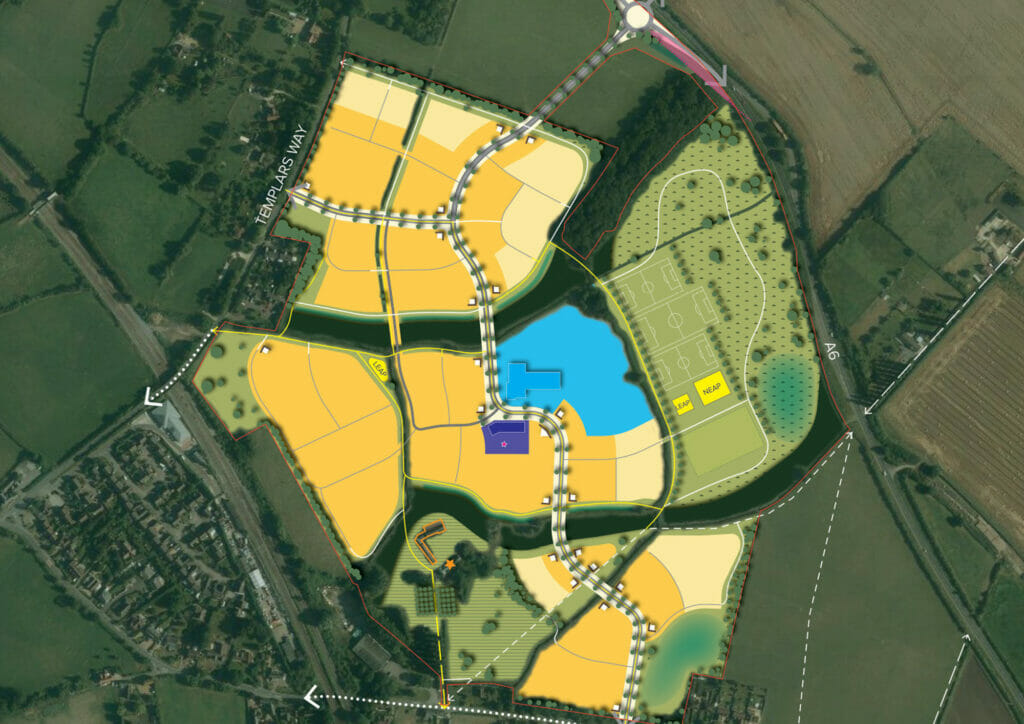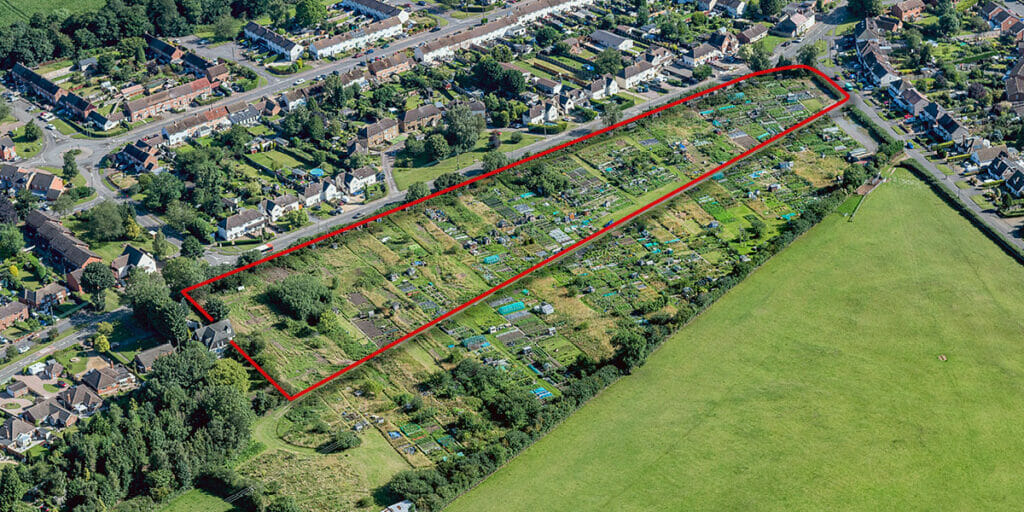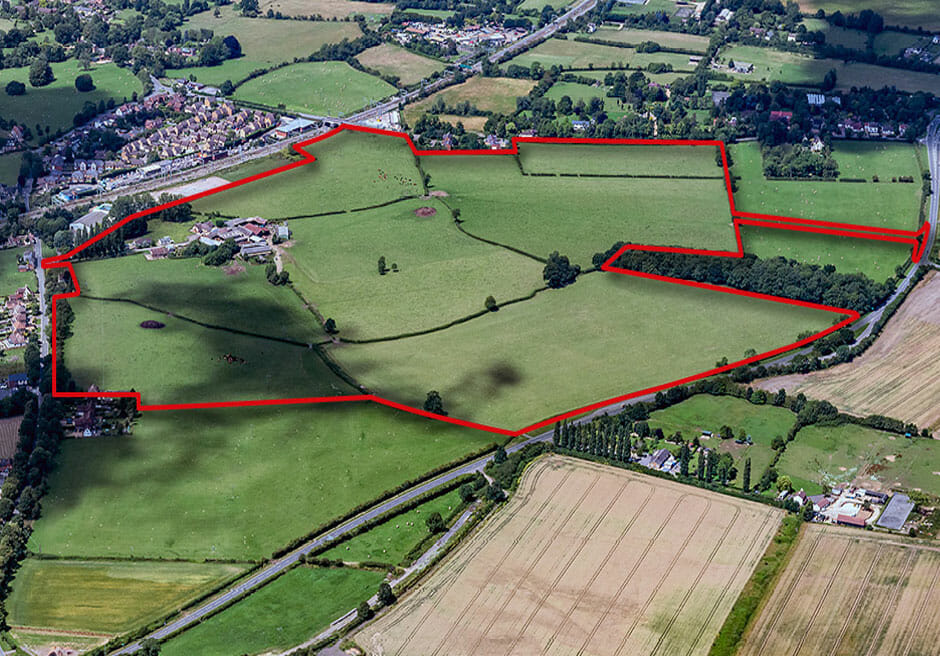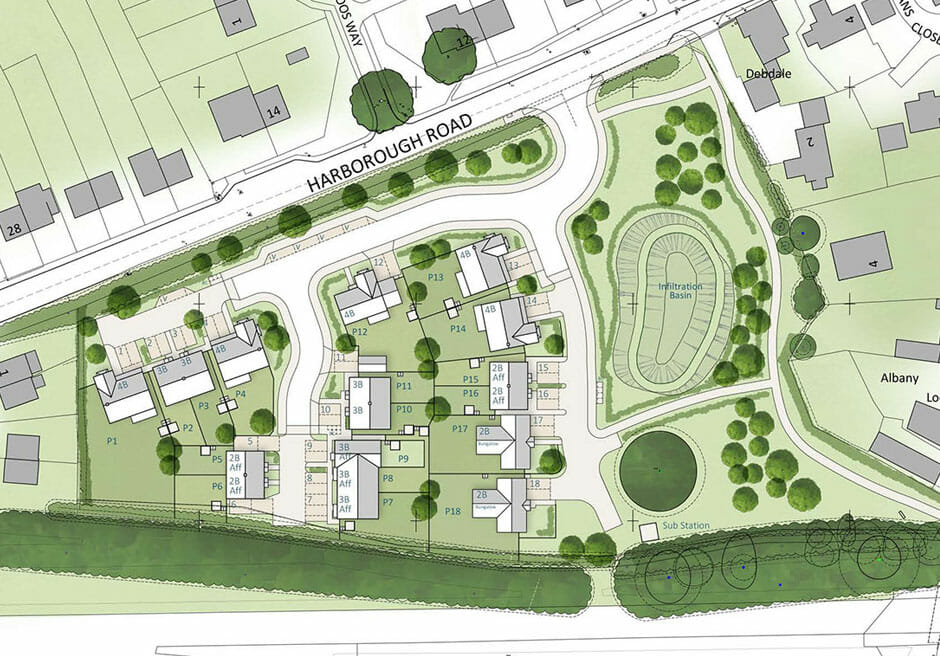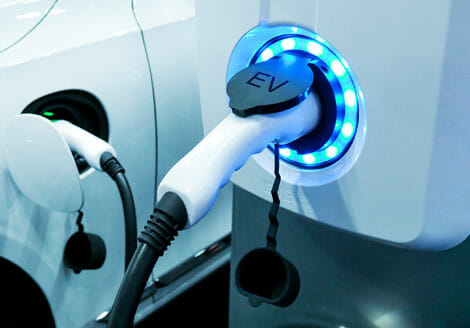
Electric vehicles are soon to become predominant with early predictions stating that around 40% of all cars on UK roads could be electric in just under 10 years. By 2040 we could even see a takeover of electric vehicles with the majority of cars owned and driven across the country being electric.

As statistics and considerations are already being discussed by government and others within the industry, at Rosconn Strategic Land, we are taking a look at exactly what this could mean for the future of housing and land development.
Current Electric Vehicle ownership
With a growing demand for electric vehicles, we have already seen installations of EV charging points across both residential and commercial property. Typically, EV owners will choose to install their charging points either on a driveway or within a garage parking space, with several charging points also appearing across supermarket car parks and street side in our largest cities. For the future of electric vehicle ownership and housing development, the installation of EV charging points must be considered in order to cater for this uptake in ownership. For those who do not already have the space required on their property, other considerations must be made, so these vehicle owners do not miss out. As well as this, developers must also bear in mind the grid capacity and how this may be impacted by an increase in use.
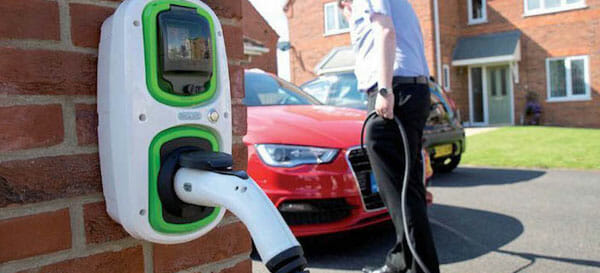
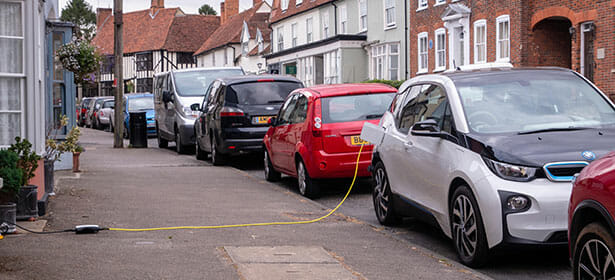
What will the streets of the future look like?
Thinking ahead at how the streets and towns of the future may look is one for debate. As technology continues to develop, how are streets and towns may look in just 10 and 20 years could be very different. Particularly as the government work to incorporate changes which will allow us to live in a greener, more economical society. Potentially the streets of the future, including across residential developments, could incorporate on-street electric vehicle charging points. This would allow town and city planners to prioritise electric vehicle owners within their plans, encouraging uptake in ownership. In the next 20 years or more, we may even notice towns and cities pedestrianising large areas or banning the use of non-electrical vehicles completely within the centre.
Grid Capacity
Grid capacity is a major consideration for planners and housing developers when implementing this major change into our society. Ofgem’s report into future insights put forward a warning directly aimed at the government. This stated an increase in EV ownership across the UK in the next few years will require major investment into our electricity network. Therefore, for this change to work, planners, developers, designers, and other stakeholders within the industry will need to familiarise themselves with grid capacity experts in order to push forward proposals for residential EV charging points. Some key points which will need to be considered are the capacity of the grid, the development’s proximity to a power station, and the use of renewable energy.
Centralised Electric Car Clubs – How could these work?
Car clubs are used to provide an alternative method to car ownership, allowing customers to rent a vehicle for an allocated amount of time. Electric vehicle car clubs, in particular, are on the rise and have been praised for their environmentally friendly approach to vehicle renting. All helping to reduce the number of vehicles on our roads and cutting out the unnecessary trips many motorists make daily. An electric car club is able to provide a fleet of electric vehicles for hire, being kept safe, secure and on charge in a central depot. For these to take on in major towns and cities, planners will require large industrial spaces in order to store the fleets of electric vehicles. This space needs to be vast in size, well situated and accessible, safe, and secure. Providing a future opportunity for landowners to bring forward their property and land to be transformed for this exact purpose.
In Conclusion: What could this mean for land development?
With net zero goals set in place by the government, landlords, landowners, developers, and planners can all work to help achieve these goals by reacting now to meet demand and supply. By incorporating electric vehicle charging facilities into plans for both housing developments, towns and city centres, these plans will become very attractive to occupiers looking to make the switch to electric vehicle ownership.
For landowners who wish to sell land or maximise the value of this via the services of a land promoter, there could well be a demand for plans which consider the future of electric vehicle ownership. Working towards the government’s net zero goals for the UK. Landowners and promoters may need to collaborate closely with local authorities to determine the logistics of this demand and in particular discussions surrounding grid capacity and sourcing the necessary space required.







